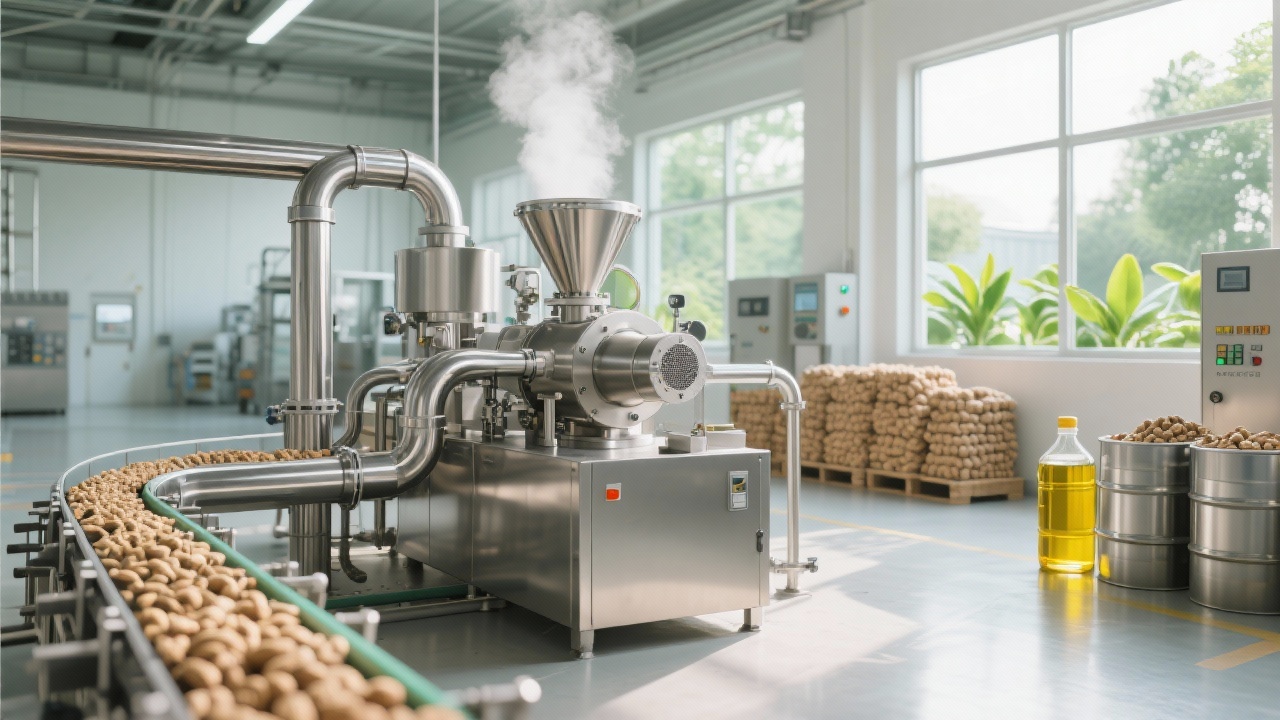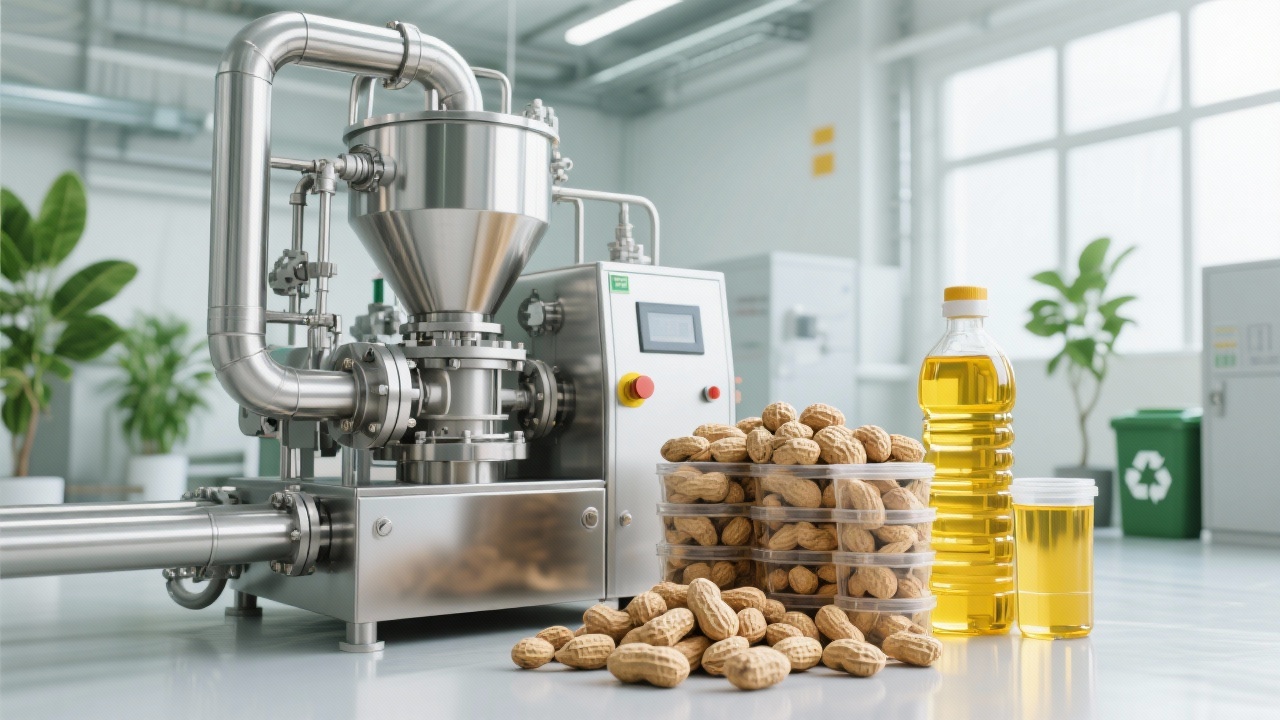
In the global palm oil production industry, the choice of palm fruit pressing technology and equipment is crucial for enterprises aiming to enhance production efficiency and maximize return on investment. This article comprehensively analyzes the two mainstream palm fruit pressing processes - cold pressing and hot pressing, providing valuable insights for palm oil producers, process engineers, and procurement decision - makers.
The cold pressing process typically operates at a lower temperature, usually below 40°C. This method preserves the enzyme activity in palm fruits, which is beneficial for maintaining the nutritional value of the final product. In contrast, the hot pressing process involves higher temperatures, often above 80°C, which can accelerate the extraction process but may also affect the enzyme activity. For example, in terms of moisture control, cold pressing requires more precise control to ensure the quality of the final product, while hot pressing can tolerate a relatively wider range of moisture content.
Regarding equipment configuration, cold pressing equipment is generally more complex as it needs to maintain a low - temperature environment. It usually includes advanced cooling systems and precise temperature control devices. On the other hand, hot pressing equipment focuses more on high - temperature resistance and heat transfer efficiency, with simpler structures in some aspects.

When it comes to energy consumption, cold pressing generally consumes more energy due to the need for cooling. However, it can produce a higher - quality product with better nutritional value. According to industry data, cold pressing may consume about 20 - 30% more energy than hot pressing in the pressing stage. In terms of output efficiency, hot pressing usually has a higher extraction rate in a shorter time. For instance, hot pressing can achieve an extraction rate of about 90 - 95% within a few hours, while cold pressing may take longer to reach a similar extraction rate, around 85 - 90%.
| Process | Energy Consumption | Output Efficiency |
|---|---|---|
| Cold Pressing | 20 - 30% higher than hot pressing | 85 - 90% extraction rate |
| Hot Pressing | Relatively lower | 90 - 95% extraction rate |
The choice of pressing process has a significant impact on the nutritional value and quality of the final palm oil product. Cold - pressed palm oil retains more natural nutrients and antioxidants due to the lower processing temperature, which is favored by consumers who value health. In contrast, hot - pressed palm oil may have a higher free fatty acid content, which can affect its shelf - life and flavor. However, hot - pressed palm oil is more suitable for some industrial applications where high - volume production and lower cost are the priorities.
In Malaysia, a country with a hot and humid climate, the hot pressing process is widely used. The high - temperature environment is conducive to the hot pressing process, and the local palm fruits have relatively high oil content, which can be efficiently extracted through hot pressing. In Nigeria, where the climate is relatively dry and the palm fruits have different characteristics, the cold pressing process is more popular. The cold pressing process can better adapt to the local raw materials and produce high - quality palm oil that meets the local market demand.

To help users make scientific and reasonable decisions, we provide a practical decision - making process and a comparison table. The decision - making process includes steps such as analyzing raw material characteristics, considering local climate conditions, and evaluating production goals. The comparison table clearly lists the differences between cold and hot pressing processes in terms of technology, energy consumption, product quality, etc., enabling users to make a more informed choice.
In conclusion, whether you are a palm oil production enterprise manager, a process engineer, or a procurement decision - maker, understanding the differences between cold and hot pressing processes is essential for optimizing production efficiency and achieving maximum return on investment. To get more in - depth information and professional advice, click here to download the "Palm Fruit Pressing Process Selection White Paper" PDF or book a free technical consultation.

